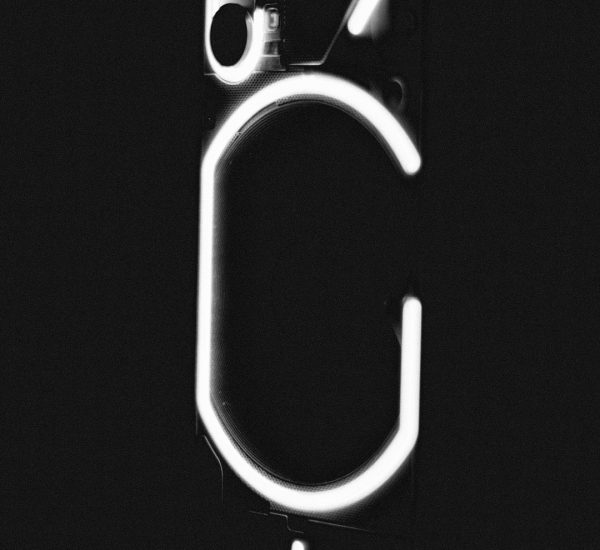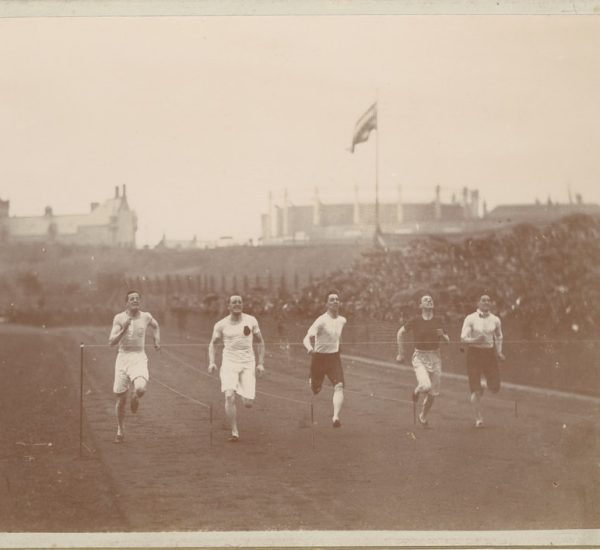Tennis elbow, technically known as lateral epicondylitis, is a common condition that causes pain around the outside of the elbow. It primarily occurs due to overuse of the forearm muscles and tendons, particularly with repetitive motion—such as playing racquet sports, using tools, or even typing frequently. While it’s not necessarily a serious injury, the healing process can be frustrating and prolonged without proper care and management.
TLDR: Tennis elbow can take anywhere from a few weeks to several months to heal, depending on the severity of the condition and the effectiveness of the treatment approach. Most mild cases resolve in 6 to 8 weeks, but moderate to severe cases may take 6 to 12 months for full recovery. Early intervention, rest, and proper therapy are key to speeding up the healing process. In persistent or chronic cases, medical interventions like steroid injections or even surgery may be required.
What Exactly Is Tennis Elbow?
Tennis elbow is an inflammatory condition that affects the tendons connecting the forearm muscles to the outside of the elbow. Despite its name, this condition isn’t limited to athletes; it can impact anyone who repetitively strains these muscles, such as construction workers, painters, or office employees.
Symptoms typically include:
- Persistent pain on the outside of the elbow
- Weak grip strength
- Discomfort or pain when lifting or holding objects
- Stiffness or soreness, especially in the morning
The pain arises due to microtears in the tendons, which become inflamed or degenerated over time if the overuse continues without recovery.
Typical Recovery Timeline
The healing duration for tennis elbow varies greatly from person to person. Depending on its severity and the approach to treatment, the condition may resolve in a few weeks—or linger for months.
Mild Cases
Recovery time: 6 to 8 weeks
If addressed early—when pain is minimal and the injury is fairly recent—tennis elbow can improve significantly with conservative treatment. This includes rest, ice, over-the-counter anti-inflammatory medications, and activity modification.
Moderate to Severe Cases
Recovery time: 3 to 12 months
In moderate cases where tendon damage is more pronounced, recovery may take several months, even up to a year. Without reducing physical stress on the elbow or engaging in proper physical therapy, healing can be delayed significantly.
Chronic Cases
Recovery time: Varies—may require surgery
If symptoms persist for more than a year despite non-invasive treatments, the condition might be classified as chronic tennis elbow. Approximately 5-10% of cases become chronic and may require surgical intervention to remove damaged tissue or promote healing.
Factors That Influence Healing Time
Several factors may affect how long tennis elbow takes to heal in different individuals:
- Extent of tendon injury: More severe tissue damage naturally requires a longer healing period.
- Patient’s age: Older individuals often experience slower tissue regeneration.
- Activity levels: Continuing repetitive strain while the elbow heals will delay recovery.
- Overall health: Chronic conditions such as diabetes or autoimmune diseases can hinder proper healing.
- Timeliness and consistency of treatment: Early intervention and adherence to treatment protocols improve outcomes.
Effective Treatment Options
Several treatment strategies can speed up recovery based on the severity of the tennis elbow:
Home-Based Treatments
- Rest: Avoid activities that strain the elbow and forearm muscles.
- Ice therapy: Apply cold packs for 15-20 minutes several times a day to reduce inflammation.
- Compression: Wearing an elbow brace or forearm strap can relieve stress on the tendon.
- Over-the-counter medication: NSAIDs like ibuprofen can relieve pain and reduce inflammation.
Physical Therapy
A supervised rehabilitation program with a physical therapist can be highly effective. Typically, the physical therapy approach includes:
- Stretching and strengthening exercises for the forearm muscles and tendons
- Manual massage techniques to promote blood flow and break down scar tissue
- Ultrasound therapy or electrical stimulation to aid tissue recovery
- Ergonomic assessments and adjustments to daily posture or work habits

Advanced Medical Treatments
When conservative methods fail, advanced interventions may be required, including:
- Corticosteroid injections: These can reduce inflammation and pain but should be used sparingly.
- Platelet-rich plasma (PRP) therapy: PRP uses the patient’s own blood to accelerate tendon healing.
- Shockwave therapy: A non-invasive method that can stimulate tendon regeneration.
- Surgical options: In persistent cases, surgery may involve tendon repair or debridement.
When to See a Doctor
While many people recover without professional help, it’s important to consult a healthcare provider if:
- There is no improvement after several weeks of self-care
- Elbow pain is severe or worsening
- Grip strength deteriorates rapidly
- Daily activities become difficult or impossible due to elbow discomfort

Prevention Tips to Avoid Reinjury
After recovering from tennis elbow, many individuals are eager to return to their normal routines. However, reinjury is a common risk. Follow these steps to help prevent recurrence:
- Warm up: Always stretch and warm up the forearm muscles before activity.
- Use proper equipment: Whether it’s a tennis racquet or computer mouse, ensure it’s ergonomically suitable.
- Practice good form: In sports or repetitive tasks, maintain proper technique to distribute muscle load evenly.
- Take recovery breaks: Avoid long stretches of repetitive motion without rest periods.
- Strengthen forearm muscles: Continued exercises can maintain endurance and prevent overuse injuries.
Conclusion
Tennis elbow is a manageable yet sometimes stubborn condition. The recovery window ranges widely—from a few weeks in mild cases to over a year in chronic ones. Fortunately, most individuals respond well to a combination of rest, physical therapy, and lifestyle modifications. In more persistent cases, medical procedures may offer substantial relief. With patience, consistency, and appropriate care, full recovery is not only possible—it’s likely.
If you’re dealing with symptoms of tennis elbow, pay close attention to your body’s signals. Early treatment not only shortens healing time but also reduces the likelihood of chronic, recurring pain.



